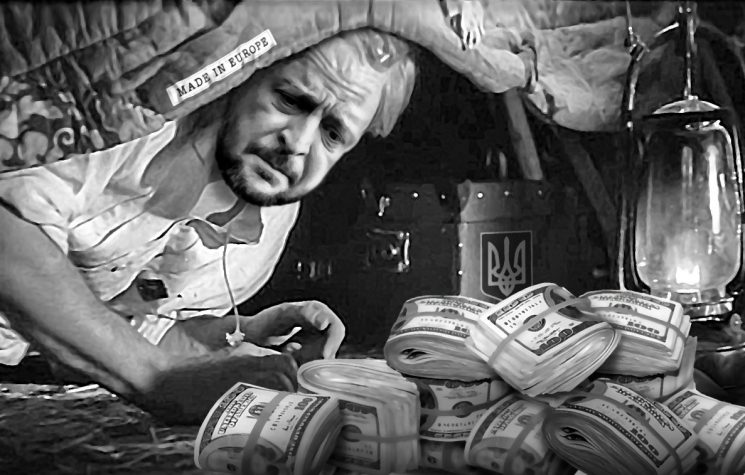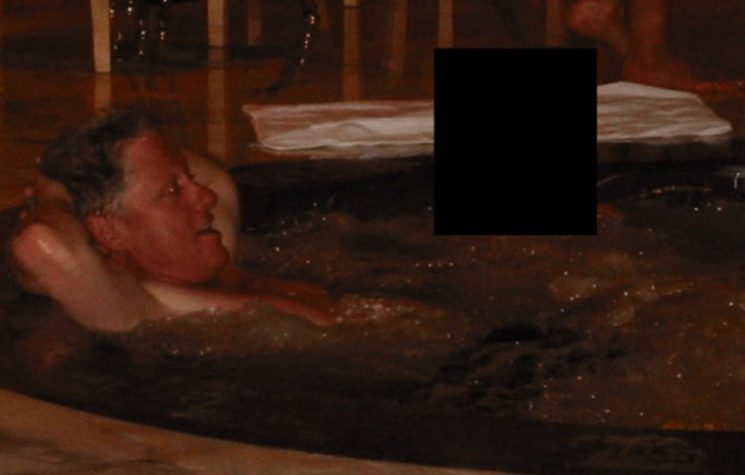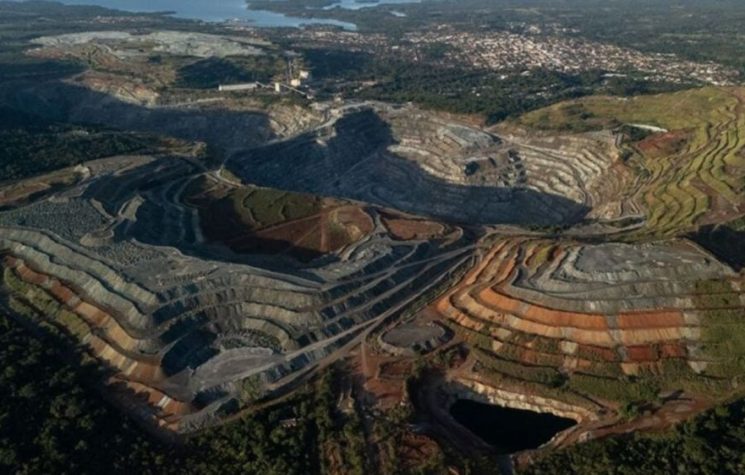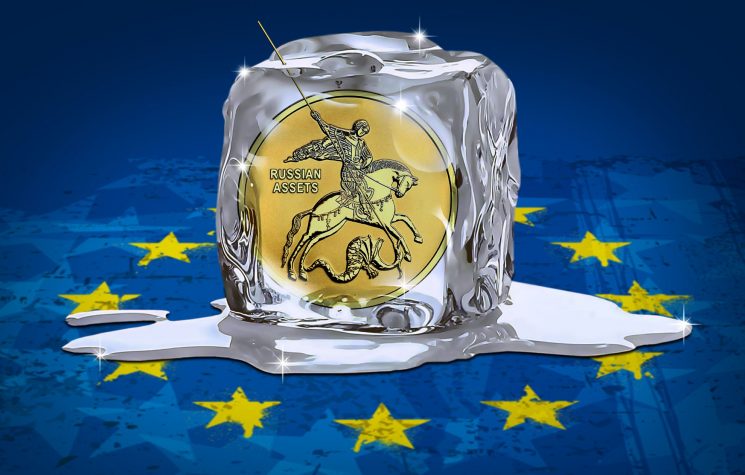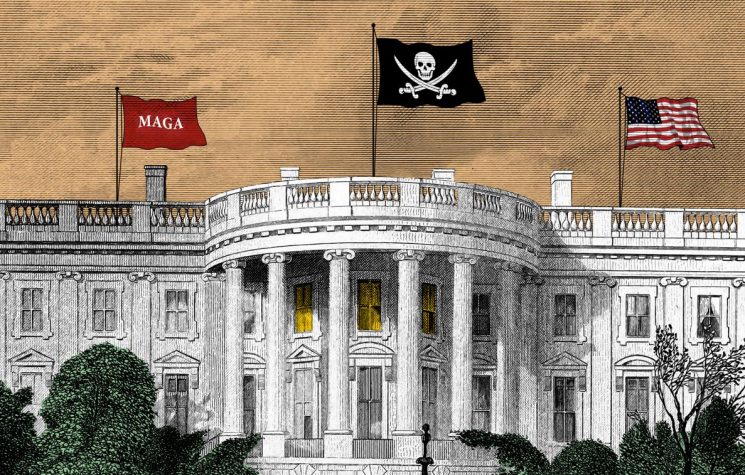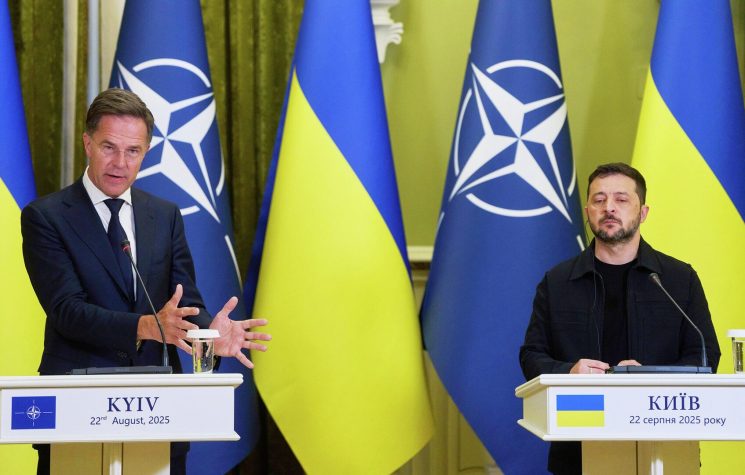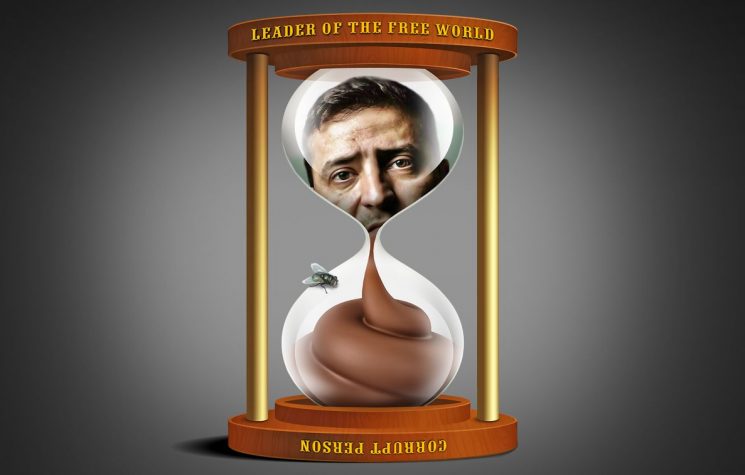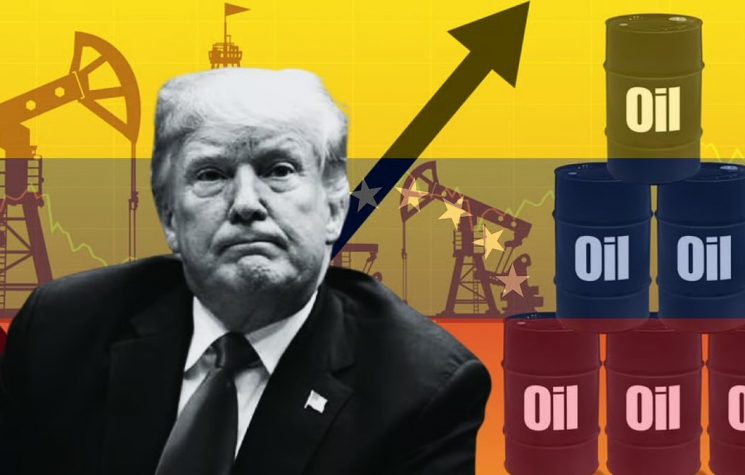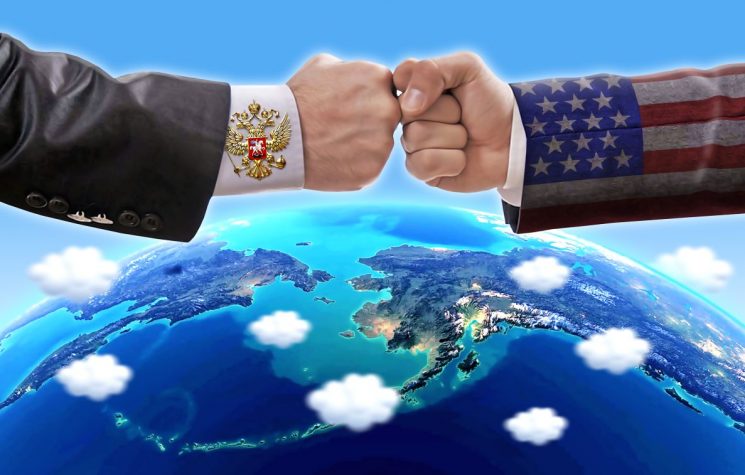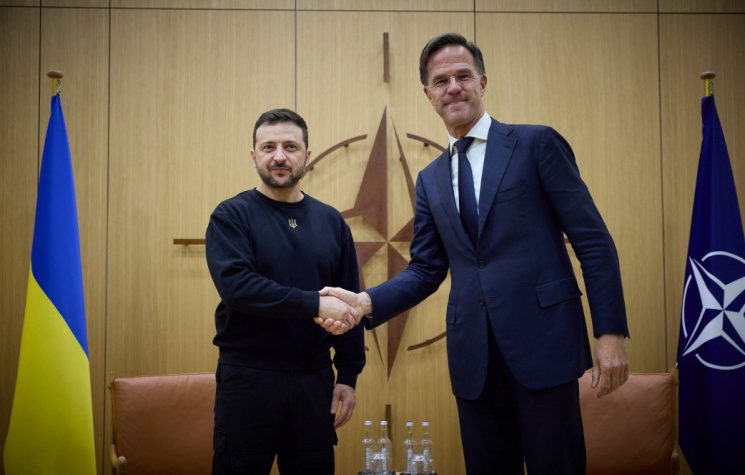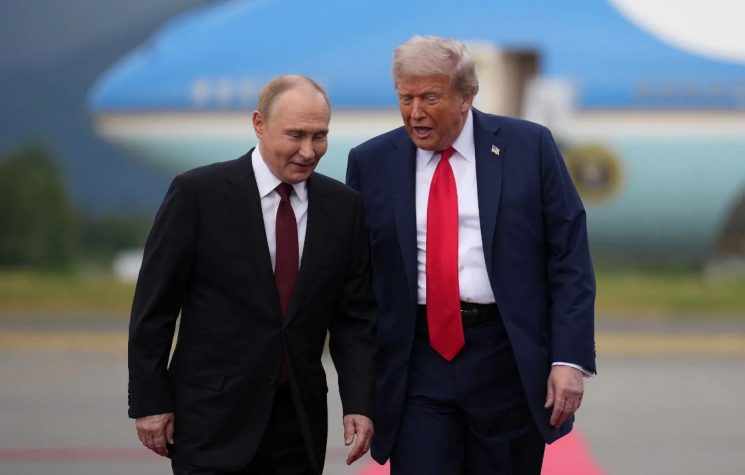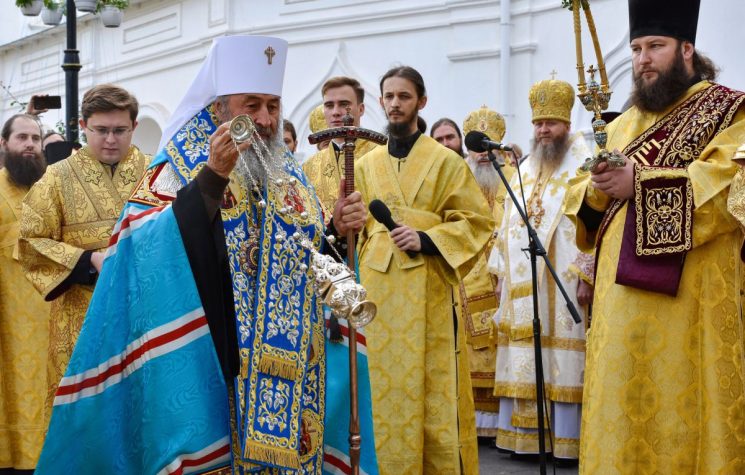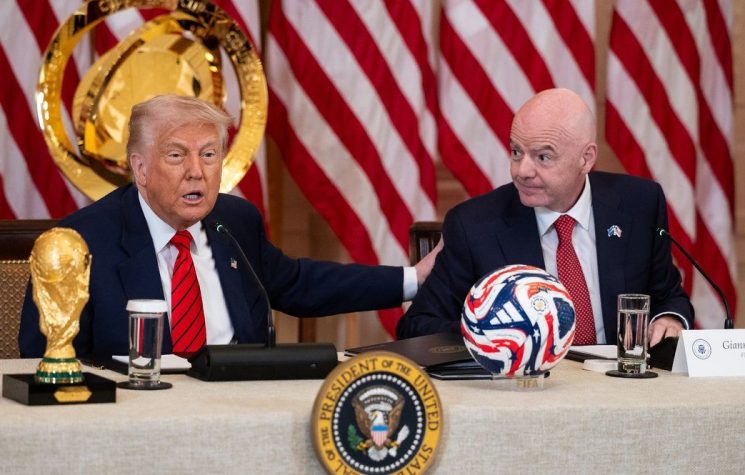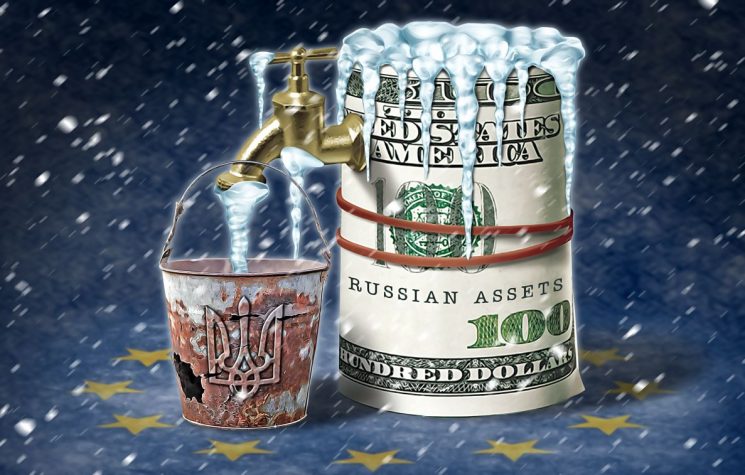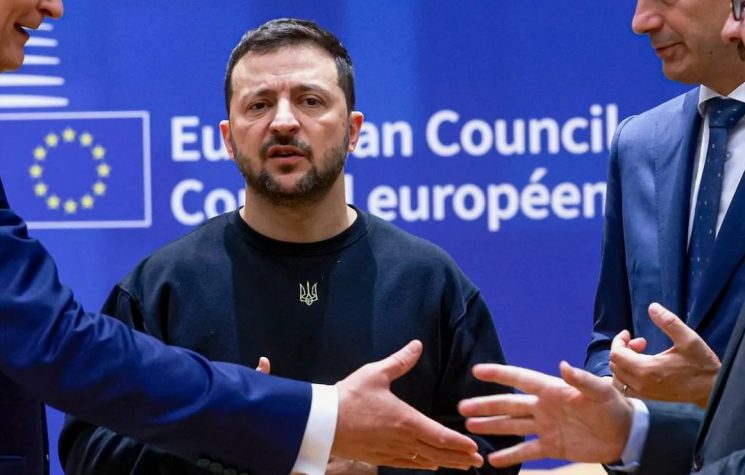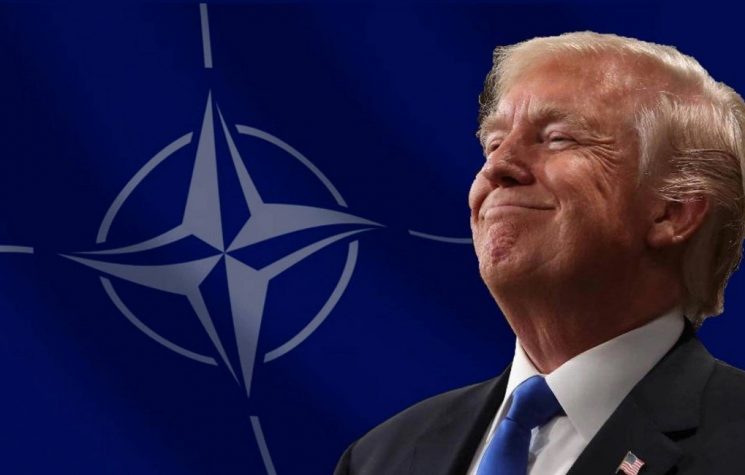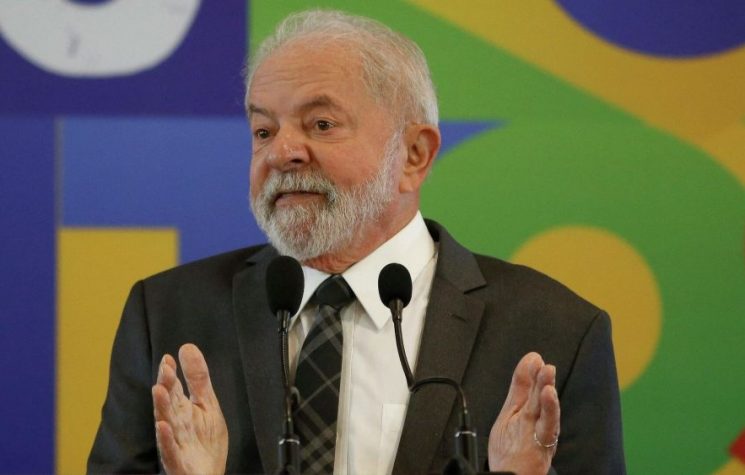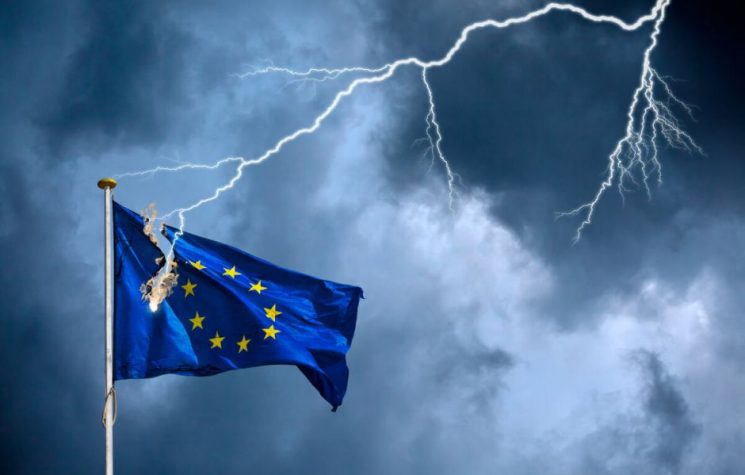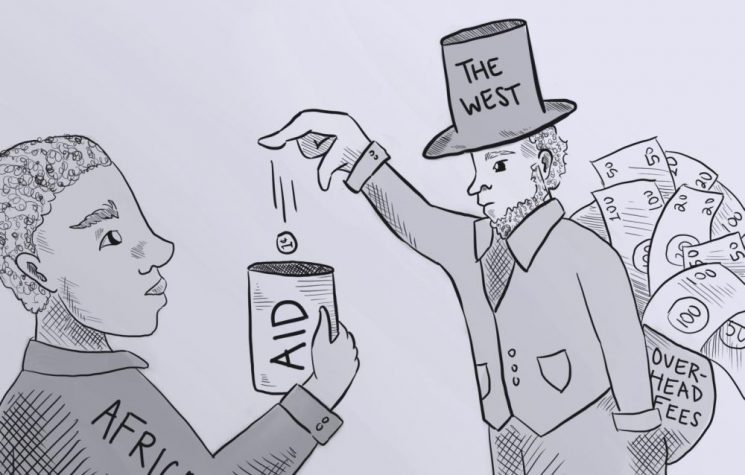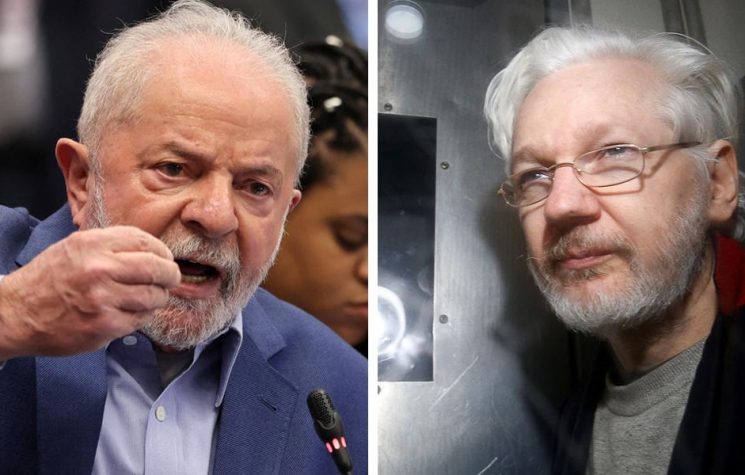The agreement shows that the U.S. continues to use economic tools as part of its geopolitical influence strategy.
Contact us: info@strategic-culture.su
The long-anticipated agreement between the United States and Ukraine was signed in Washington, D.C., opening Ukraine’s lithium, rare earth elements, and other critical mineral resources to U.S. capital. The deal also includes the creation of a fund named the United States–Ukraine Reconstruction Investment Fund, expected to finance the rebuilding of Ukraine.
From Washington’s perspective, the agreement allows the U.S. to gain access to Ukraine’s strategic natural resources under the umbrella of an investment fund, effectively compensating for the military and financial support already provided to Kiev. From Ukraine’s side, although it came to the table seeking economic recovery and military backing in the war against Russia, it does not appear to have fully achieved those aims.
No concrete security guarantees
The partnership envisions a joint administrative body in which both the U.S. Treasury Department and the U.S. International Development Finance Corporation (DFC) have equal voting rights, with profits to be split 50/50 and tax exemptions in place. However, the text omits the binding security guarantees that Ukraine has persistently requested, offering instead vague promises.
The agreement was signed at the U.S. Treasury Department by U.S. Treasury Secretary Scott Bessent and Ukraine’s First Deputy Prime Minister Yulia Svyrydenko. The joint statement emphasized collaboration to “accelerate Ukraine’s economic recovery,” and the previously provided $72 billion in military and economic aid is considered part of the fund, not an additional debt—an incentive likely used to bring Ukraine to the table despite the absence of security clauses.
Despite repeated calls from Ukrainian President Volodymyr Zelensky and top officials for firm guarantees against the Russian threat, the final text only includes “support” rather than any binding commitments. It does not offer NATO membership or any explicit defense obligations—meaning the U.S. did not take on direct responsibility for additional arms shipments or military interventions. This cautious approach likely reflects Washington’s ongoing diplomatic engagement with Moscow.
Carrot-and-stick strategy toward Kiev
By leaving open the possibility of future military aid and the inclusion of air defense systems under the fund, the U.S. appears to be maintaining a carrot-and-stick strategy with the Ukrainian leadership.
Certain provisions—such as the recognition of Ukraine’s ownership of all natural resources, shared management rights, and the continued state ownership of companies like Energoatom and Ukrnafta—are viewed as “partial gains” for Kiev.
How will the agreement be implemented?
According to the agreement, Ukraine’s Ministry of Environmental Protection and Natural Resources will oversee the opening of mining fields to international investors in coordination with the fund. Geological data will be shared with the DFC and other institutions to help investors assess potential sites more quickly.
The U.S. will deploy mining technology directly to the field to reduce production costs—one of the key barriers that previously prevented Ukraine from fully utilizing its mineral wealth. The technology will come from the U.S., while the labor force will be Ukrainian.
Another critical requirement for resource extraction is an uninterrupted supply chain and the necessary infrastructure. Hence, the agreement prioritizes transportation and energy infrastructure projects to ensure continuous delivery to ports and refineries.
When will it take effect?
The agreement will enter into force within 30 days after it is ratified by the Ukrainian Parliament. The first board meeting of the joint management committee is expected between May 13–15. Initial investment projects are set to launch in the summer.
To proceed, Ukraine must transfer revenues from its state resources into the fund in a timely manner—these transfers will be closely monitored and audited by the U.S. In other words, Ukraine’s compliance with the agreement will determine whether it receives further promised defense support.
How did Ukrainian politicians react?
The agreement has sparked controversy within Ukraine’s political circles. Lawmakers from former President Petro Poroshenko’s European Solidarity party criticized President Zelensky for not involving Parliament in the discussions prior to signing. They demanded a special session with full parliamentary participation to review the text.
Borislav Bereza, former MP and ex-spokesperson for the far-right Right Sector, criticized the lack of security guarantees, stating:
“Zelensky claimed the deal would secure concrete guarantees from the U.S. in exchange for access to Ukraine’s natural resources. But none of that is in the final text. It’s a strange situation. The agreement is signed, but the guarantees are missing. So we didn’t get the main thing Zelensky went to the White House for on February 28. And remember how tough he sounded back then?”
Yaroslav Zhelezniak, an MP from the liberal opposition Holos party, also pointed out the removal of security clauses from the draft:
“I don’t see any major victory here. It seems we heroically escaped from a crisis of our own making—created by hasty promises and uncoordinated statements.”
Serhiy Sydorenko, Editor-in-Chief of European Pravda, offered a more moderate view:
“This is definitely not a betrayal. It’s a reasonable agreement that needed to be signed. Some parts were surprisingly positive. But it’s not a victory either. Further negotiations are still ahead, and political elements have been wrapped into technical ones. We’ve learned not to celebrate too early.”
Where are Ukraine’s critical minerals?
Ukraine holds an estimated $15 trillion in mineral wealth, making it one of Europe’s richest in natural resources. It contains:
- Europe’s largest reserves of lithium, titanium, and uranium.
- 23 of the 50 critical minerals defined by the U.S. government.
- Graphite, used in EV batteries, in regions like Berdychivskyi, Pobuzkyi, Kryvorizhkyi, and Pryazovskyi—placing Ukraine among the world’s top five in reserves.
- Titanium, essential for aerospace and construction.
- One-third of Europe’s lithium, especially in the Polokhivske, Shevchenkivske, Dobra, and Kruta Balka regions—some currently under Russian control.
- Vast reserves of beryllium, uranium, copper, lead, zinc, silver, nickel, cobalt, manganese, and 17 rare earth elements.
- Kryvyi Rih, which hosts one of the world’s largest iron ore reserves, key to Ukraine’s steel industry.
- Western Ukraine and the Carpathians, rich in gold and other precious metals.
Around 40% of key mining regions in Donetsk, Lugansk, and Zaporizhzhia are already Russian territories..
What Does the agreement signify?
Above all, this agreement shows that the U.S. continues to use economic tools as part of its geopolitical influence strategy. The targeted minerals are essential to the growing electric vehicle sector and advanced defense technologies—making this agreement a crucial step in America’s preparations for the emerging era of strategic competition.











